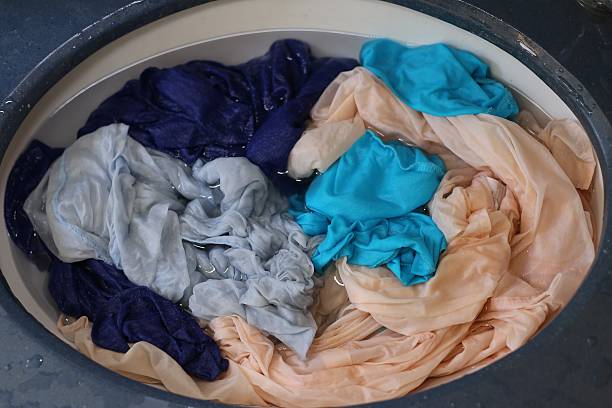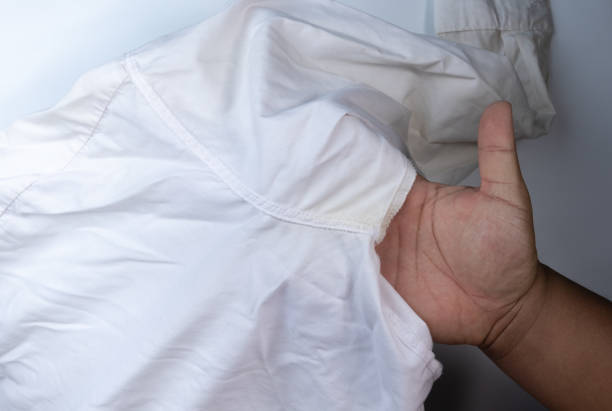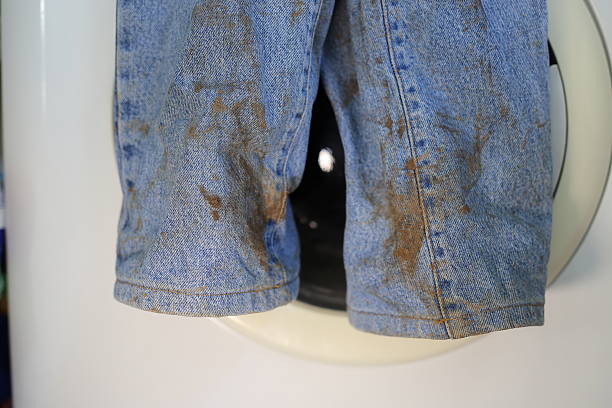Washing and caring for merino wool is made easy. Clothing made of wool always requires special care, which is especially true for the more expensive clothing made of merino wool. You’ll want a little longer from a merino wool sweater, so always make sure you take care of it properly.
What is merino wool?
First, a little introduction to the structure of merino wool, which is a little more expensive because of its unique properties and therefore needs to be cared for properly and properly. Merino wool is very suitable for allergy sufferers because it is extremely fine and very soft. Then this all-weather yarn also regulates heat and moisture and does not become electrostatically charged.
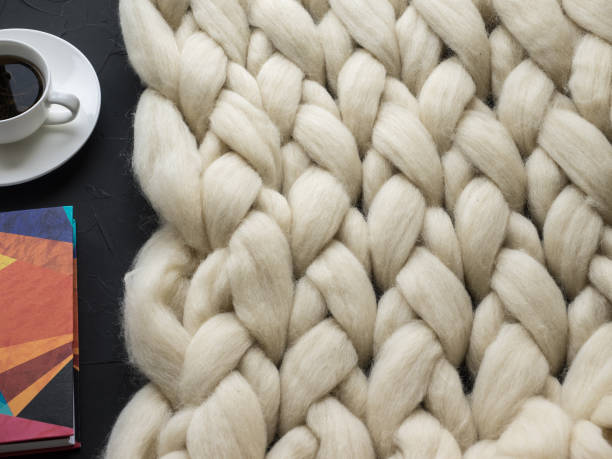
Because of these properties, merino wool can absorb up to 30 percent of its weight in moisture without getting clammy or even really wet. Merino fiber is known as the finest wool that not only has an elegant shine but is also hard-wearing. Because this wool has a moisture-regulating effect, merino wool is also popular in winter underwear. Also, note how you can upgrade your worn woolen and knitted items for the winter.
Washing and caring for Merino wool clothing
Washing is not a problem, you should just pay close attention to the water temperature. To wash clothes made of merino wool and to take care of merino wool, you should observe the following washing tips.
- Pour lukewarm water into a tub.
- Add a good wool detergent exactly according to the dosage.
- Put the garment made of merino wool in it and gently press it with your hands and wash it quickly.
- Take the jumper or something similar out of the water with the detergent and rinse out the wool detergent several times with water at the same temperature.
- The garment washed and squeezed out in this way should be left lying on a terry towel to dry in the correct shape.
- Ironing is not necessary as the creases will hang out, if only on the wool setting with a damp cloth in between.
Store Merino wool clothing
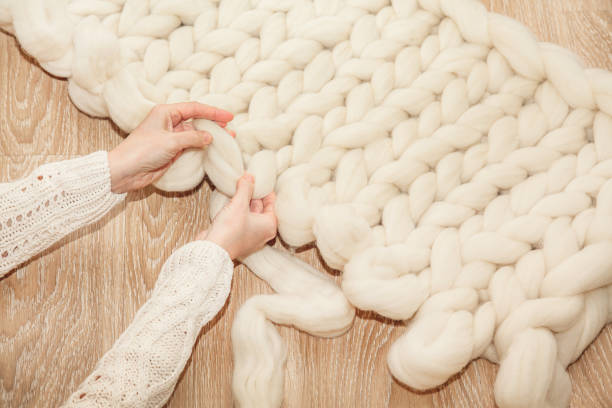
Proper storage of merino wool garments is also recommended. Because it keeps it fresh and fresh. The same applies to the storage and care of wool and wool sweaters.
- If you take all of this into account when washing your sweater or merino wool cardigan, you are sure to get a lot from your garment and its durability is guaranteed. You should always store wool lying flat and air it out after it has been lying for a long time.
- If the merino wool has taken on odors or become wrinkled over the summer, you can hang the garment on a hanger out in the humid night air and you’ll have an odor-free and smooth garment again. This also works well in the bathroom if you turn on the hot shower for a moment and then hang the merino sweater in the wet bathroom overnight.




